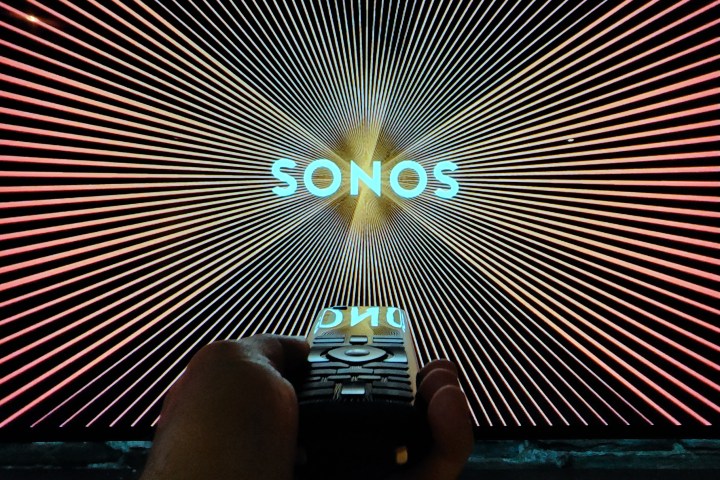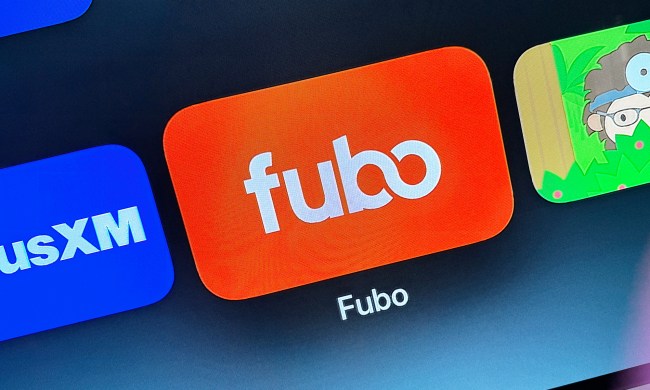
In 2023, rumors regarding a possible Sonos TV device picked up steam when Bloomberg’s Mark Gurman reported that the company had plans to release a dedicated streaming box priced around $150 to $200. The device, code-named “Pinewood,” according to Gurman’s unnamed sources, will handle 4K video, along with Dolby Atmos and Dolby Vision. Now, thanks to a previously unreported Sonos patent application unearthed by Janko Roettgers, we know a bit more about how such a Sonos TV device might work, including one very disconcerting detail: it may lack a physical remote control.
The patent application, which goes into exhaustive detail describing the Sonos ecosystem as a whole, places a special emphasis on the role of smartphones as the way we would interact with an as-yet-unreleased Sonos TV streaming device. And yes, in the application, it’s actually called
A new version of the
We reached out to
That’s also exactly what Roettgers was told when he asked.
An understandable choice
A streaming device without its own remote isn’t a new idea. The original Google Chromecast was 100% reliant on a phones to do its thing (though it was never really meant to actively control what you’d see on the TV). Google retired the concept after the Chromecast Ultra, switching to the remote-equipped Chromecast with Google TV as its current vision of what a full-fledged streaming device should look like.
You can partially understand why
There’s also a strong argument to be made that a physical remote for wireless speakers has limited value. The speakers themselves have integrated physical controls for the most vital functions (volume and playback). And they increasingly have voice support so you don’t even need to be standing next to the speakers.
Moreover, a simple, screenless remote wouldn’t give you access to the full breadth of audio streaming options that
Purely hypothetical
Based on Sonos’ patent application, a
If your phone battery dies, are you OK waiting for it to recharge before watching TV? If a member of your family wants to control the TV, but their phone is in another room, will they have to go get it, or will you pass them your phone? If your phone locks automatically, will you mind going through your unlock sequence (even if it’s as fast as facial recognition) every time you just want to pause your show? And what about muting or changing the volume? And when the inevitable happens, and the
At the moment, this is all purely hypothetical. Patent applications aren’t a description of what will be — they’re a description of what could be. And as often as not, products based on patents arrive in stores with a very different set of features or designs than what’s described in the filing. After all, a good patent doesn’t just protect a company’s near-term products, it also acts as a defense against those who might wish to create competitive products in the years to come.
So while I’m not thrilled at the prospect of needing a phone to control a
To me, that says the company will not turn a blind eye to the many benefits that come with a dedicated remote control.



